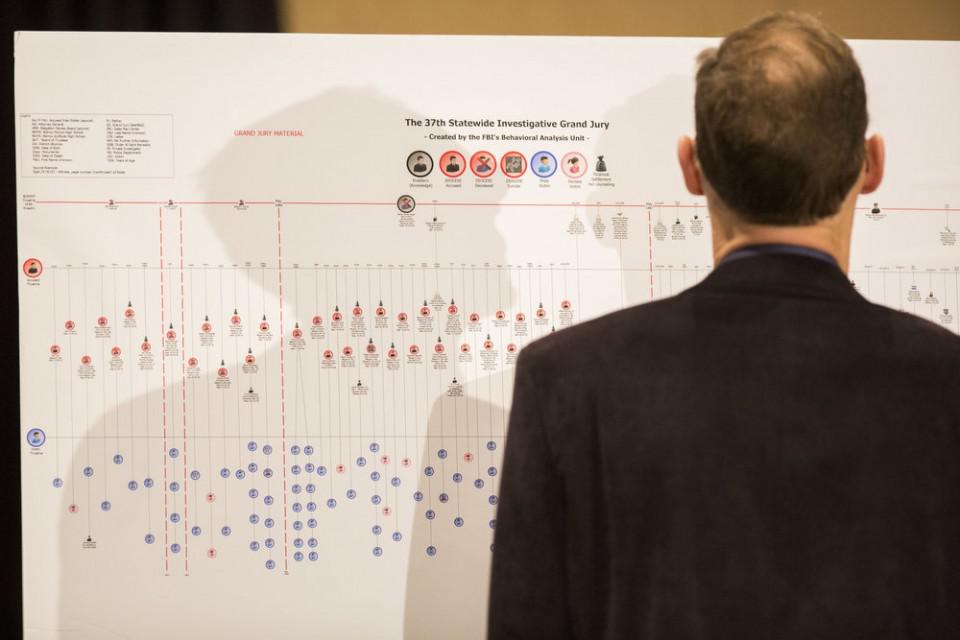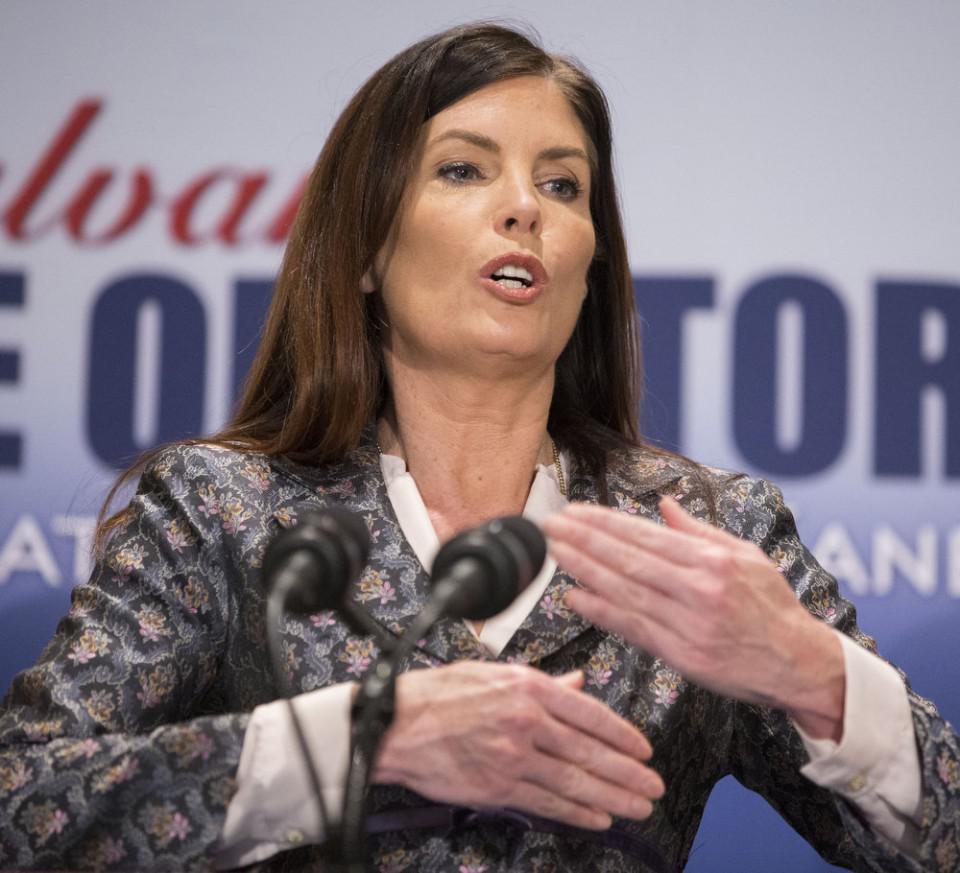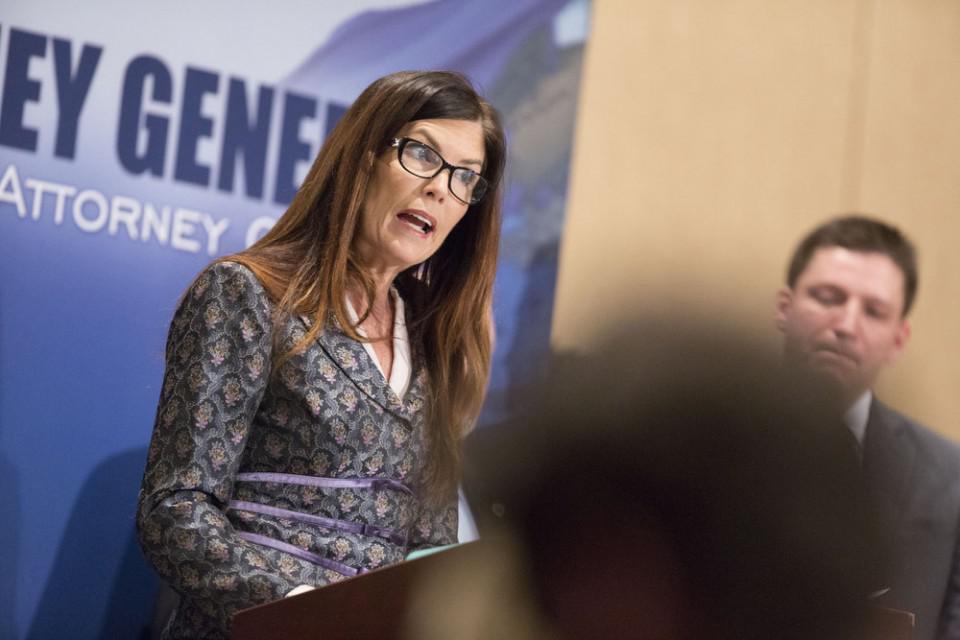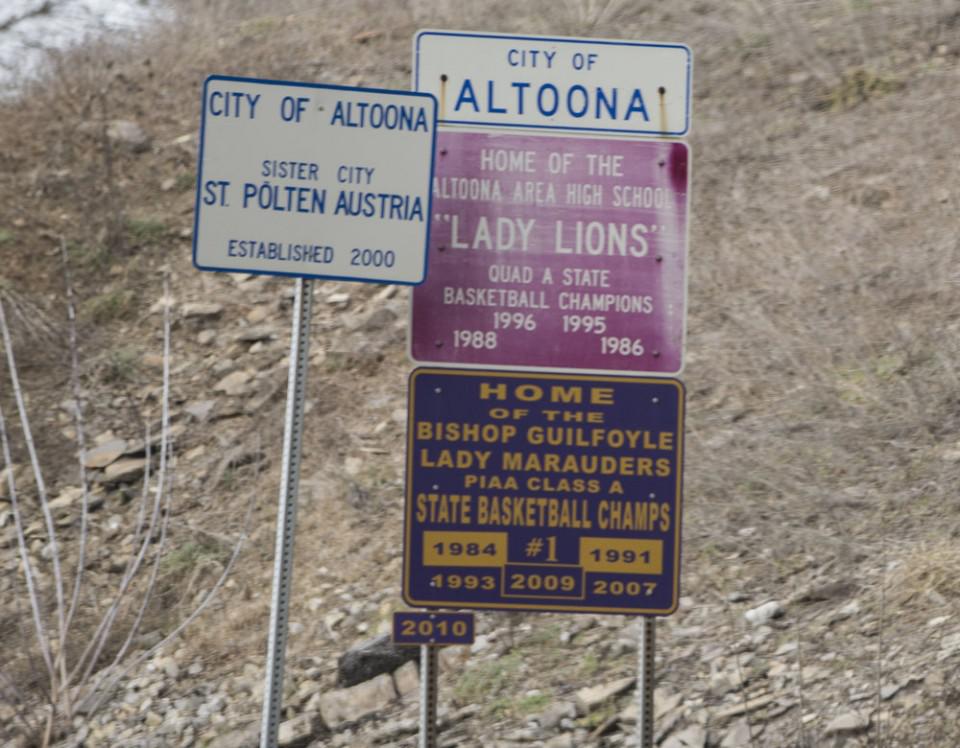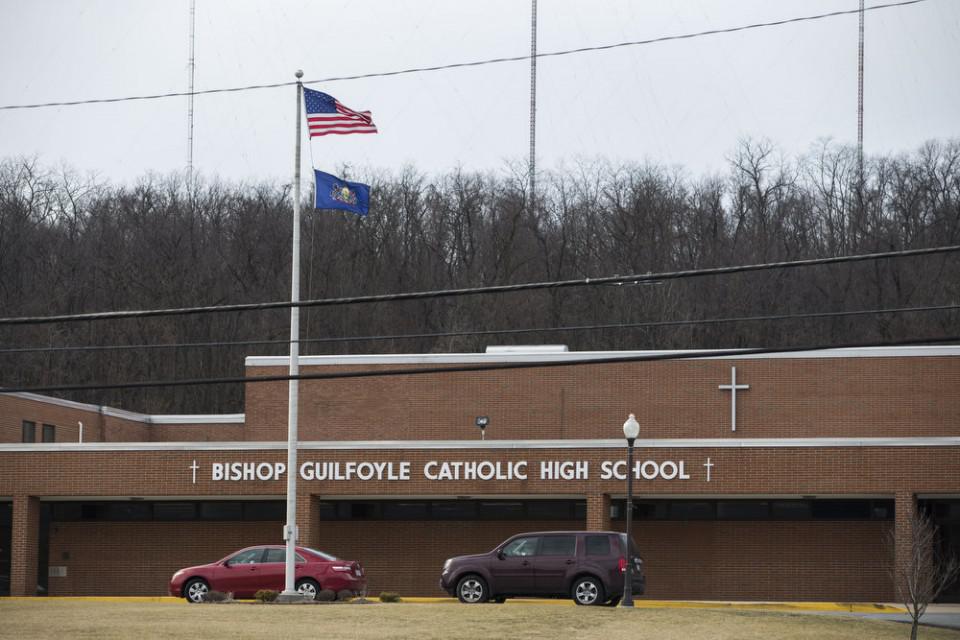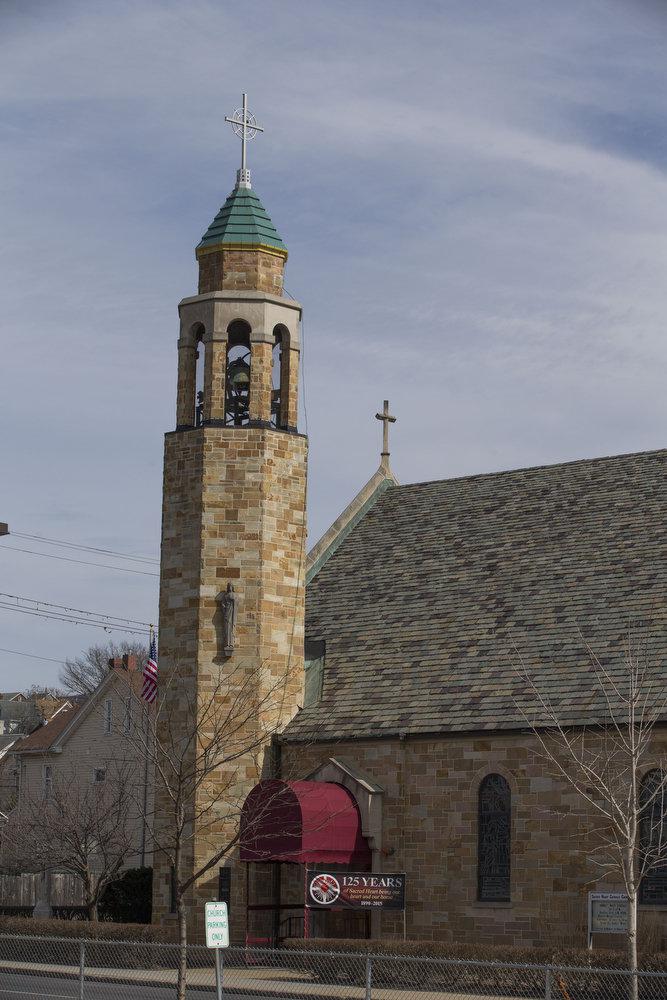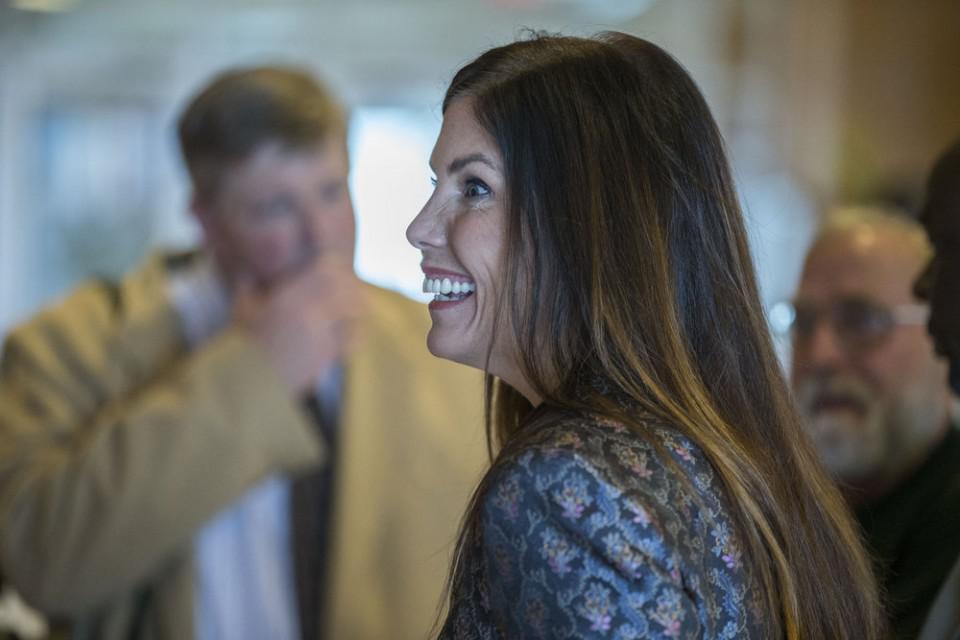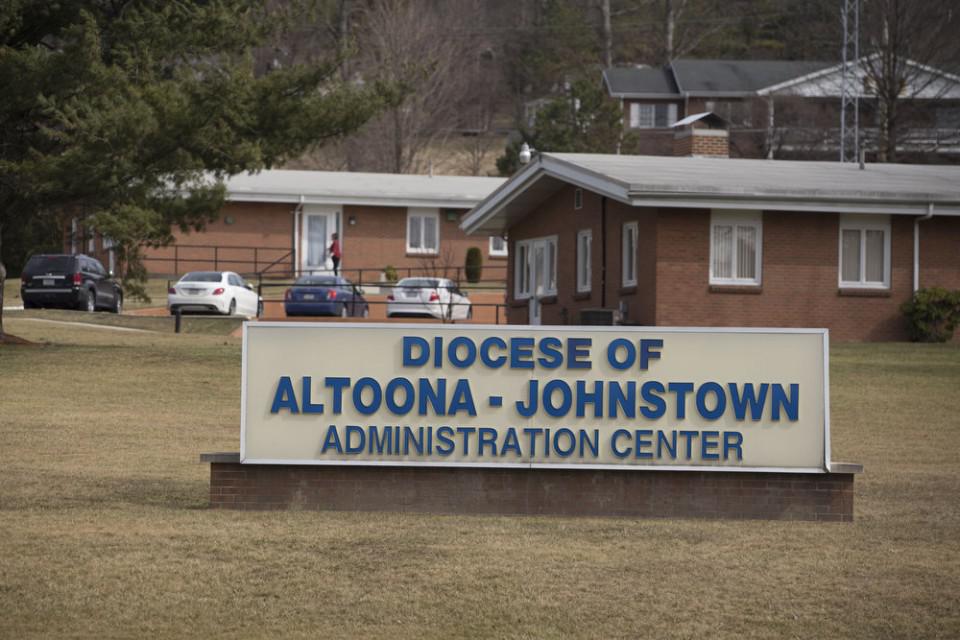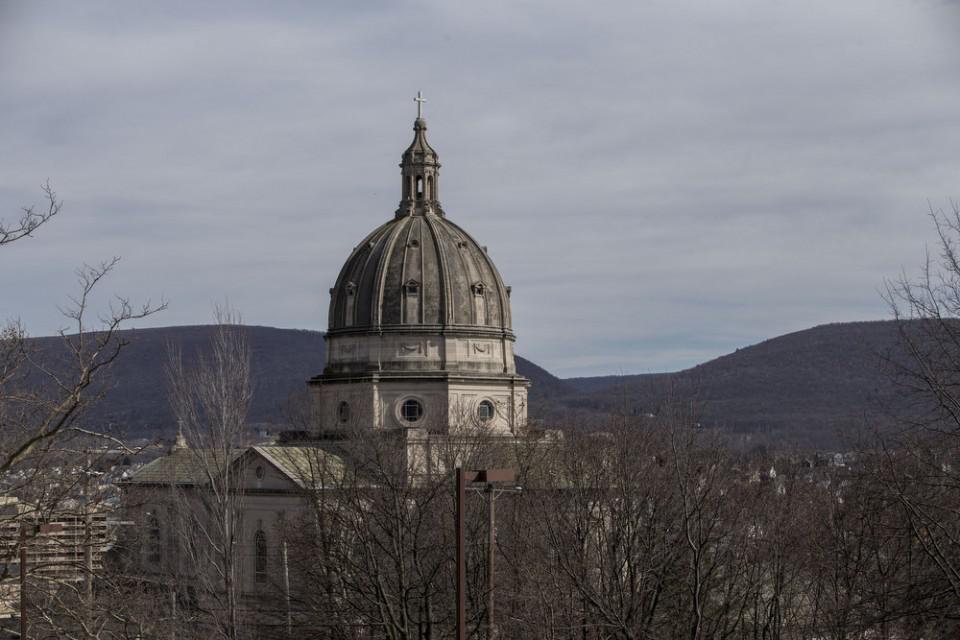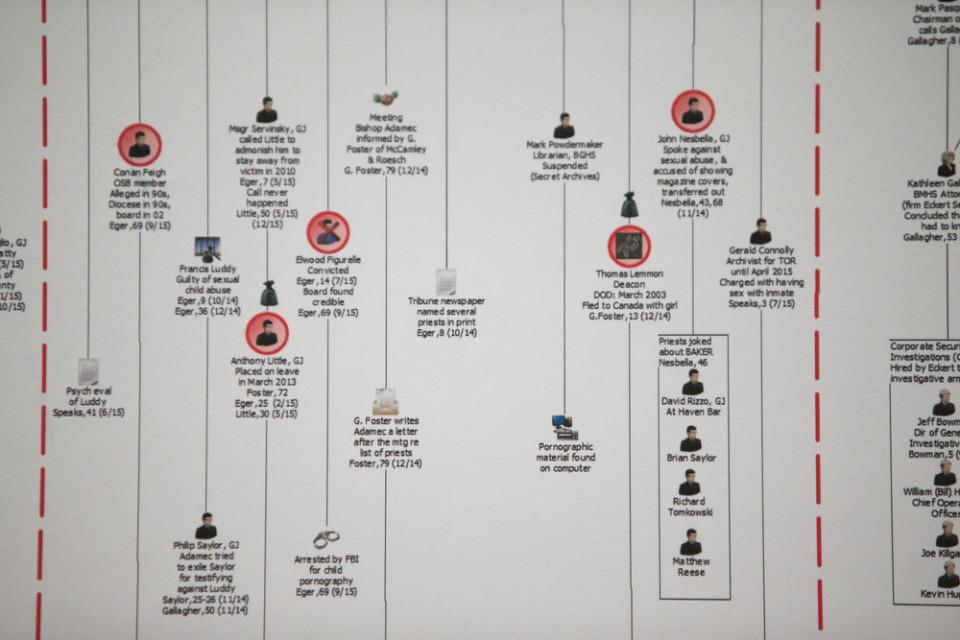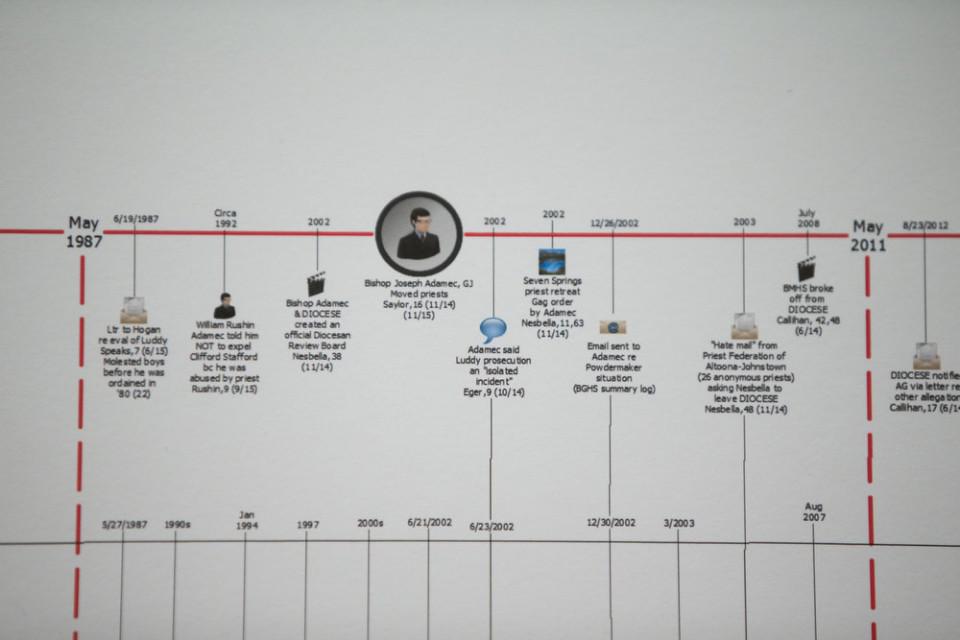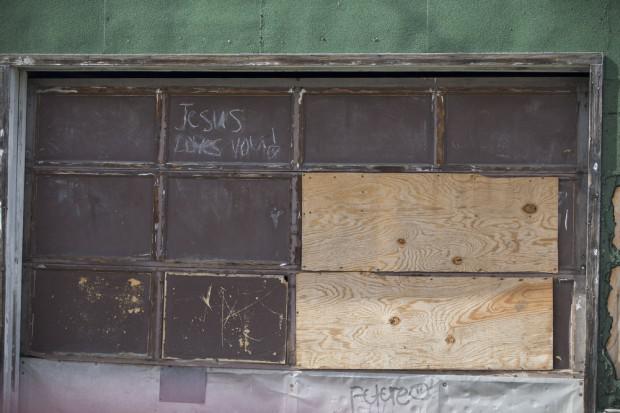|
Key findings of investigation into sexual abuse in Altoona Diocese
By Ivey Dejesus And Christian Alexandersen
[with video] ALTOONA - The abuse was rampant, horrific, complicit and concealed, and even at times dismissed by law enforcement officials. Those are some of the highlights that emerged from a grand jury report that found more than 50 priests and religious leaders of the Roman Catholic Diocese of Altoona-Johnstown sexually molested hundreds of children over the course of four decades. The findings of the two-year investigation, announced Tuesday in Blair County by Attorney General Kathleen Kane, provide a graphic account of the abuse of hundreds of boys and girls – the youngest of them 8 years old – dating to the 1950s. Some of the most damning (and graphic) evidence included in the grand jury report: The abuse was rampant. More than 50 priests and religious leaders, including monsignors, were named and implicated among the reams of evidence culled from victim testimony and documents seized from the diocese. Investigators found that priests molested children in church sacristies, rectories, basements and confessionals; schools, including St. Patrick's in Newry; orphanages, including St. Mary's in Cresson; boys' locker rooms; retreat cabins; hospitals, including the Altoona Hospital; St. Francis Seminary; the children's homes; and cars. One priest, William Rosensteel, would take the boys on trips to Canada and Pittsburgh. The priest would pick one boy to sleep in his bed and engage in "passionate deep throat tongue kisses" and fondle his genitals, according to the grand jury report. The report details accounts of abuse carried out in a litany of churches across the eight-county diocese, including the Cathedral of the Blessed Sacrament in Altoona and Our Lady of Victory in State College. The diocese has more than 40 churches. Investigators say the abuse was pervasive and widespread; in the case of Francis Luddy, who spent nearly 10 years at St. Mary's in Windber, investigators write: "It is not a stretch of the mind or reality to state that if Francis Luddy was having contact with children, they were in danger of becoming victims of child sexual abuse." Parents, in many cases, were so happy their parish priest had taken an interest in their child that they encouraged their children to spend more time with the priest. "....(T)he adoration of the priest by their parents as well as the priest's divine authority left the children with the impression that the actions of the priest were inherently good and well-meaning." The abuse took many forms. From being forced to masturbate to having their genitals fondled or being forced to perform or receive oral or anal sex, the sexual abuse carried out on hundreds of children by diocesan priests or church leaders was horrific and consuming. In most cases, the abuse was perpetrated over the course of years. One victims said he had been abused by his priest – William Rosensteel – "every time he served Mass." The victim was sexually assaulted to such a degree that it became nearly synonymous with actual church ceremonies, the report states. The report is filled with accounts such as the one naming Joseph Bender, who in the 1970s and 1980s served at the Immaculate Conception in Dudley: "Bender ejaculated on the child after fondling the child's genitals and anus." Some children were abused in groups, even made to stand in line to be abused. In many cases, the sexual abuse was accompanied by the use of alcohol and pornography: Priests forced children to drink alcohol and to read or watch pornographic material. According to the report: Monsignor Harold Burkhardt once pulled down his victim's pants and inserted a finger into the boy's anus, asking the boy, "What do you think God would say?" The victim didn't respond. Burkhardt said, "God approved." The abuse was complicit and concealed. The grand jury report found that Bishops James Hogan and Joseph Adamec never reported the allegations of abuse to law enforcement. The bishops also never removed predator priests from their jobs. Rather, investigators found, Hogan and Adamec shielded the priests in order to protect the church and themselves from scandal. Diocesan officials concealed child abuse as part of an effort to protect the institution's image. The report specifically named Hogan and Adamec as officials who used their power and influence in the community to keep allegations from going to the police. Investigators found myriad documents in the administrative offices of the diocese pertaining to allegations of sexual abuse against priests. The filing cabinets were marked with such headings as "Confidential Litigation Files" and "Luddy Litigation." In 1987, the diocese awarded $1.2 million following allegations of sexual abuse by Francis Luddy, who was later defrocked Investigators also uncovered a "secret archive," which was under lock and could be opened only by key by the bishop. Another room contained a filing cabinet marked "Confidential Litigation Files," which contained files labeled by victims' names. Law enforcement agents found boxes and filing cabinets filled with the details of children being sexually molested by priests and church leaders from the diocese. The bishop controlled the Allegation Review Board. Bishop Adamec created the Allegation Review Board to allegedly determine the credibility of an allegation of abuse. However, the purpose of creating the board, the grand jury said, was to convince people that the days of a mysterious bishop deciding how to handle a scandalous and heinous report of child molestation were over. "In reality, the bishop still exclusively makes the decision how or what to do with a report of child molestation," the grand jury said. "Nothing has changed but the trappings of how a report is procedurally made." The grand jury said said victims who believed they were reporting to a board of unbiased and neutral observers "would be sadly mistaken." Diocese 'victim advocate' looked out for the church, not the victims. The grand jury concluded, upon interviews with victims and reviews of documents, that the diocese "victim advocate" is an advocate for the diocese against the interest of the victims. The victim advocate was identified as Sister Marilyn Welch. "Where the advocate can shuffle a victim into the Allegation Review Board without the involvement of legal representation for a victim, she does so," the grand jury reported. "Money is offered. Confidentiality and release claims are signed by victims and the diocese to avoid public scrutiny." The grand jury highlighted a "particularly heinous" account involving priest Joseph Gaborek. Kane said evidence shows that the diocese exercised its authority and influence to cover up the sexual abuse of a 16-year-old boy in the 1980s. The grand jury determined that Hogan spoke to police and told an investigator that Gaborek would be sent to an institution. Instead, Gaborek was sent on sabbatical to a school for boys where there was no psychological or psychiatric treatment available. Gaborek was later sent to another parish. Diocesan officials handpicked public officials. Investigators provided testimony that demonstrated how diocesan officials used their influence in the community to handpick government officials. Monsignor Philip Saylor, who the grand jury identified as one of Hogan's "underlings," testified of the power he wielded in the community. "For example, in Johnstown I would basically pick the mayor; I would pick the chief of police," Saylor told the grand jury. "I would – you know, I became a very active citizen, you might say, and people trusted me." A payout system based on levels of abuse. Bishop Adamec, who served as bishop for more than 20 years, developed a payout chart that he used to determine how much money a victim could receive based on the kinds of abuse they suffered. Victims of Level 1 abuse, which included above-clothing genital fondling, could receive $10,000 to $25,000. Victims of Level 4 abuse, the highest level, which included sodomy and intercourse, could receive $50,000 to $175,000 from the diocese. "The problem Bishop Adamec denied in public was a problem he secretly acknowledged to himself and the diocesan insurance," the grand jury report stated. Contact: idejesus@pennlive.com
|
.
Any original material on these pages is copyright © BishopAccountability.org 2004. Reproduce freely with attribution.
